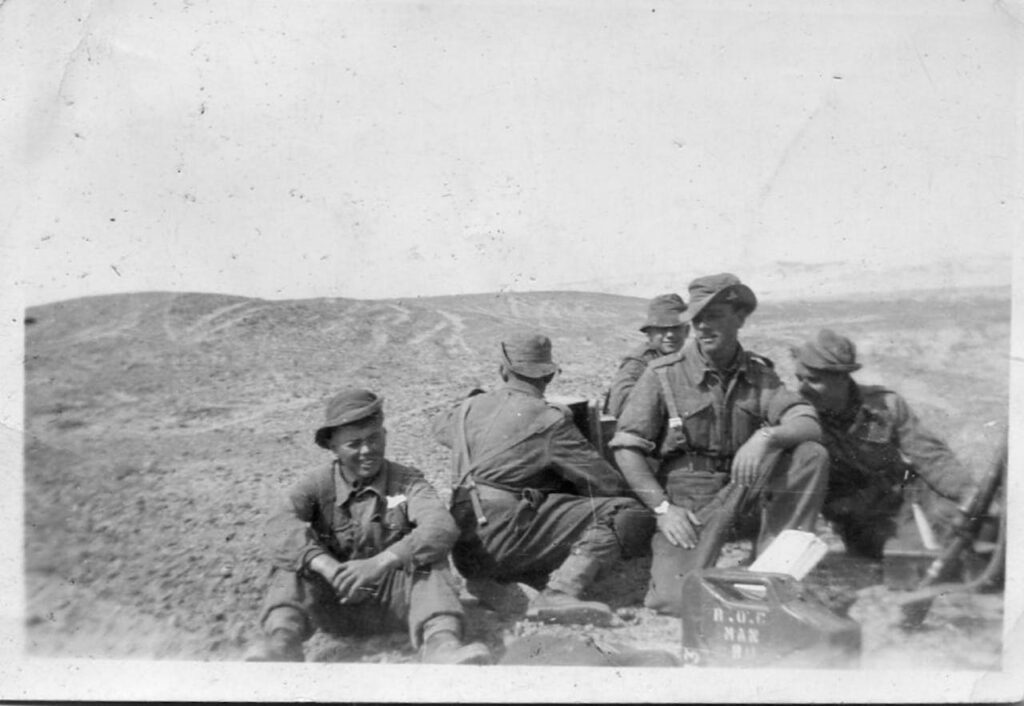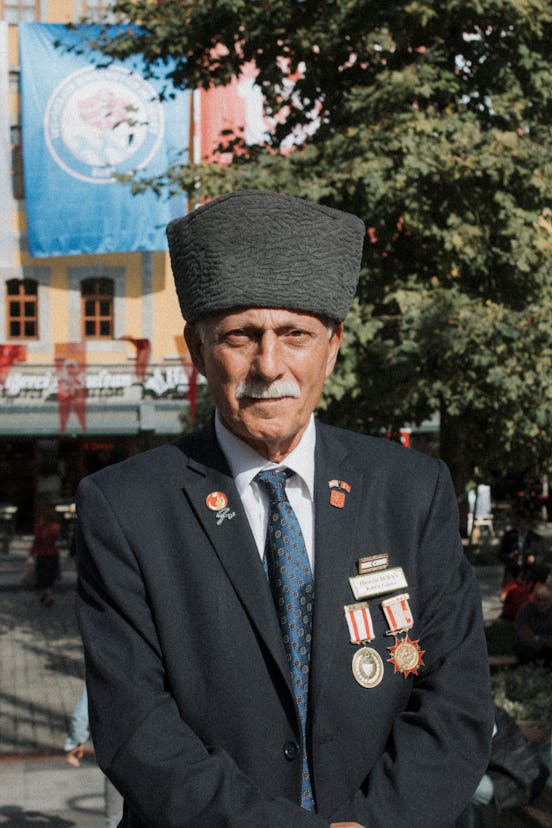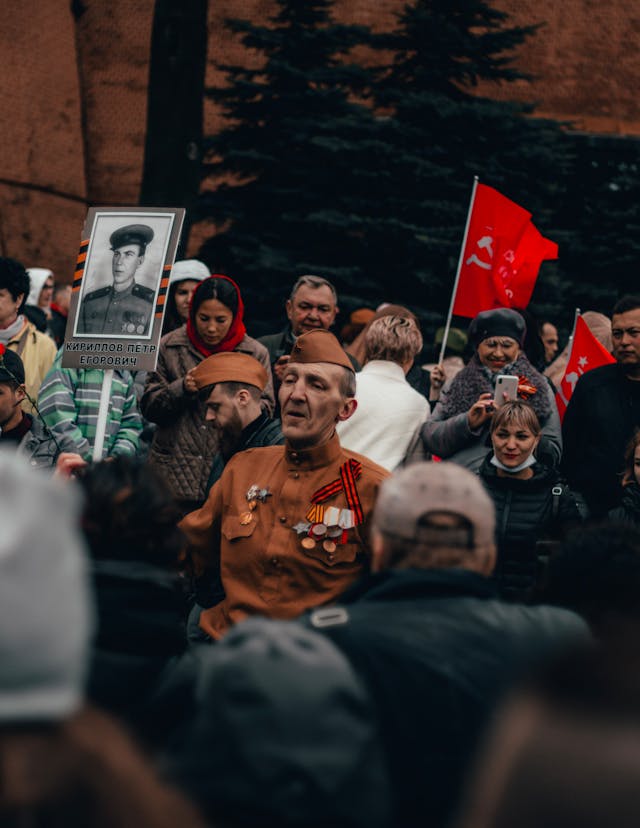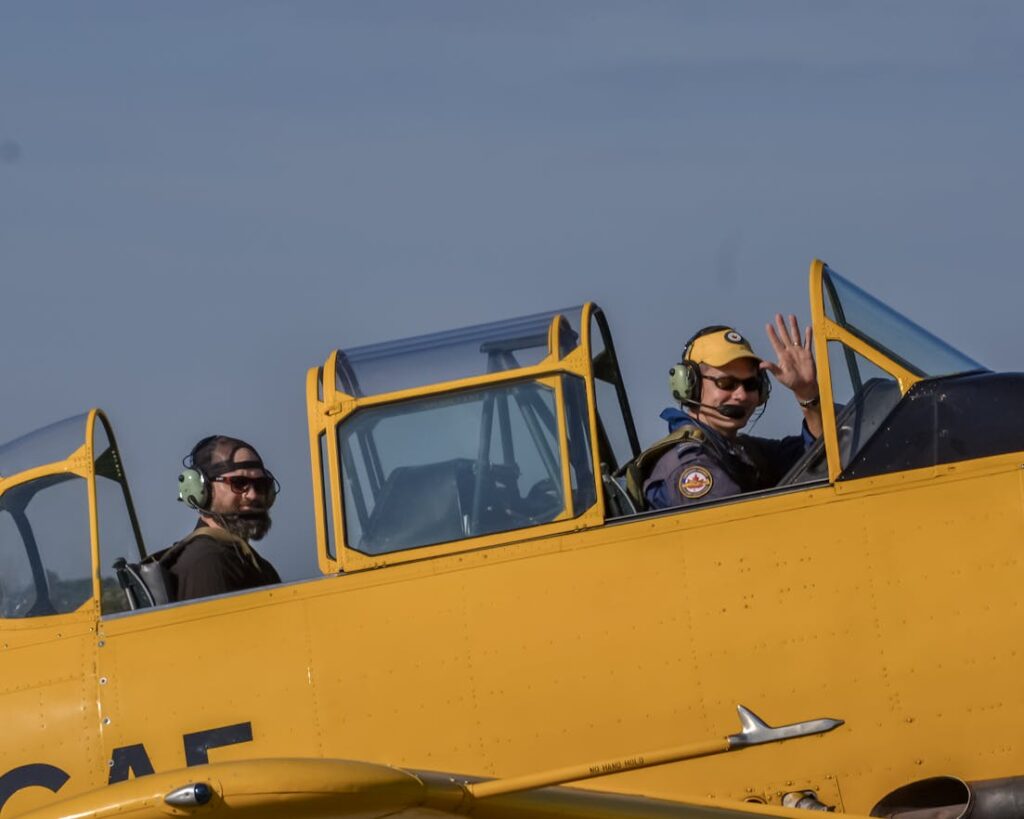Are you wondering how many World War 2 veterans are still alive? Keep reading! To speak about one of the most significant historical turning points, a global phenomenon, it is possible to mention World War 2. It was conducted for several years, starting from 1939 until 1945. Having evolved over the centuries, it laid struggling political and social systems and economies to bring about the existing world.
During the Second World War, millions of men and women braced themselves and went forward to fight and die for their beloved countries, with a cause to save them from the clutches of dictatorship and establish democracy. The greatest generation suffered struggles and losses on the frontline and at home.
Table of Contents
Historical Context

World War 2 took place from 1939 to 1945 and became the remarkable event of the century. Nations all over the world were affected, and social structures changed. After the first global war, World War 2 emerged even more intense and extensive due to unsolved issues such as territorial issues, economic instabilities, and totalitarian systems.
This war pitted the Axis Powers, which included Germany, against the Allied nations of France, Britain, the United States, and the USSR.
Campaigns, battles, strategies, and countermoves also marked it. It was conducted on land, sea, and air in various zones of operation, including conventional and unconventional warfare. It observed extensive employment of radically new technologies such as tanks, planes, submarines, and, most vitally, the atomic bomb.
The Role and Contributions of Various Nations

As a world war, it primarily took place between 1939 and 1945 and involved most of the world’s nations, each coming up with distinctive approaches during the conflict. Among the major powers were:
- United States: Remained neutral during the early part of the war up to 1941 before joining the Allies’ side and actively supported the Allies economically and militarily.
- United Kingdom: Was sturdy throughout the British battle and demonstrated a critical role in winning the Allied World War two in Europe.
- Soviet Union: Despite enduring significant losses, they were a hugely influential force in beating Nazi Germany on the East front.
- Germany: A German power under the dictation of Hitler and his Nazi party, which attempted to push their imperialist ambition across Europe.
- Japan: ATS attempted to gain hegemony in the Asia-Pacific region, provoking wars with China, America, and other Allies.
The smaller powers or the freedom fighters also contributed to defeating the Axis aggression and supporting the Allies’ cause. It became an international, not just a European war but a world war where everyone had a stake and was involved in the efforts made towards victory.
How Many World War 2 Veterans Are Still Alive?
Every day, the generation that fought in the Second World War gradually leaves the world behind.
WW2 Veteran Count around the World

Several researchers estimate that there is agreement that World War 2 will continue. At the same time, mathematics varies and can be a matter of debate as more profound work is conducted on these figures and asserts their accuracy. It is definitively known that these veterans are, for the most part, elderly gentlemen. Their number steadily decreases day by day.
United States:
- According to the latest findings, there are less than 200,000 living World War 2 veterans in America.
- The U. S. Department of Veterans Affairs also remains committed to supporting and helping such veterans in their old age.
United Kingdom:
- At the moment, it is believed that 200,000 Veteran British who fought in World War 2 are alive in the United Kingdom.
- There are currently many organizations like the Royal British Legion that support and honor these vets.
Russia:
- There are fewer World War 2 survivors in Russia because this country was highly affected by the war, and it lost a significant number of men.
- Work is currently being made to record and honor the achievements of these veterans throughout the country’s large geographical area.
Germany:
- Due to the longevity of the aging population and the grim effects of war, there are few World War 2 veterans still alive in Germany today, even though the country was one of the most crucial nuclei of the Axis forces.
- A sense of memory and pointing to forgiveness is still progressing, as is understanding what Germany did during the war.
Japan:
- Similar to the American case of a dwindling number of World War 2 survivors who perished due to prolonged suffering caused by the effects of atomic bombing, Japan also has its population of World War 2 survivors dwindling.
Measures to commemorate and commit these veterans’ legacies are linked to Japan’s post-World War 2 apology and renunciation of war.
Factors Affecting Veteran Numbers
How many World War 2 veterans are still alive is influenced by a few factors. Let’s take a look at them!
Life Expectancy Trends
- Longevity: One factor attributed to the high veteran turnover is the natural aging factor. With time, experienced persons are likely to suffer from age-related diseases or death.
- Life Expectancy: Modern medicine and developments of public health care programs have promoted a lifestyle that has led to an enhanced life span over the past century. However, even with these advancements, World War 2 veterans are still alive and will die of old age one day.
Impact of New Discoveries in Health Care on Human Lifespan
Healthcare Access: Veterans today have access to better and more healthcare services, which has helped soldiers receive proper treatment and care.
Medical Innovations: New medical technologies in treatment and therapy have increased the life span of patients with chronic diseases and old-age diseases and provided them with better care options in their old age.
Mental Health Support: Increased awareness of the effects of PTSD has made it easier for the US military’s soldiers to access various mental health services, thereby improving their quality of life and longevity.
Geographic and Socio-Economic Factors
Geographic Distribution: The number of Second World War soldiers is diminishing, but those still alive are distributed in various geographical regions, depending on factors like population density, experiences during the war, and post-war movements.
Socio-Economic Status: Examples of socio-economic factors are individual and dependent status, previous history, and accessibility of health care, as well as finance and support networks that determine veterans’ health. As the World Wars continue to age, many disadvantaged soldiers may require health care and support services, but these are not easily accessible to them.
Cultural and Social Norms: Cultural expectations regarding aging and healthcare and how different societies feel about supporting veterans’ rights can affect the quality of life and the kind/amount of support offered to veterans. Other societies might provide more opportunities and care to ex-combatants.
Conclusion

Knowing how many World War 2 veterans are still alive sheds light on the present-day conditions and what should be considered for future endeavors. The generation of the living Washingtons will soon be extinct, and much attention must be given to majorly acknowledging, respecting, and celebrating their lives for their worth in society. Let’s hope for something better than a repeat of history!





